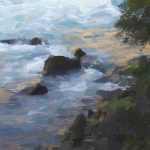Water is one of my favourite subjects…surprise! Here’s why.
Water challenges artists no matter how skilled and experienced one might be. It has many attributes that make it a particularly difficult and, at times, frustrating, subject to render. I’ve always been fascinated by water (though I don’t like getting wet when I haven’t planned for it). Water has some unique visual qualities that make it interesting from an artistic perspective, and these are the very things that draw people to it and make us all look at pictures of it.
Here is an illustrated accounting (with 28 of my drawings, pastels, paintings and photographs) of the unique visual qualities of water. I hope you find it interesting and enjoy the examples I’ve chosen.
1. Water has no inherent colour. It appears colourful due to reflection and refraction. It reflects both light and colour and appears transparent and/or translucent.
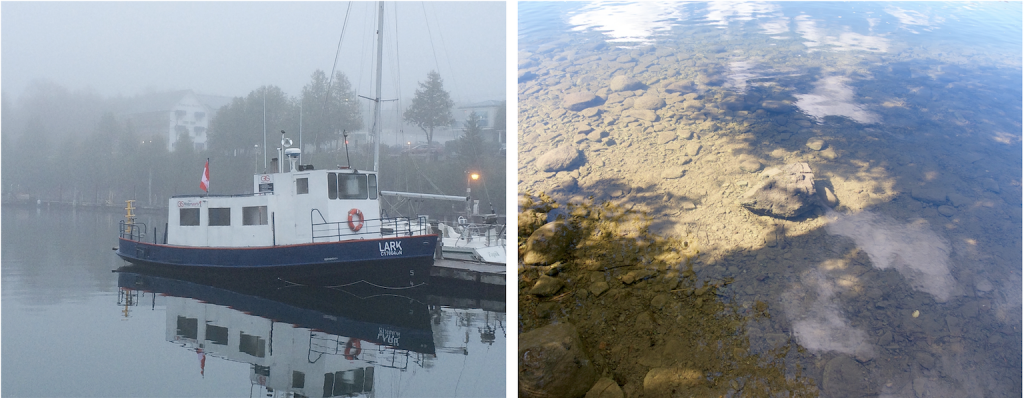
2. It can take many forms (lakes, oceans, rivers, creeks, puddles, ponds, swamps, snow, ice, fog, rain, clouds), each with distinct characteristics. It can be challenging for artists because different skills and understandings (of both subject and medium) are required to successfully render specific forms of water. Some mediums and approaches are more suited to render certain qualities of water than others; I believe that artists should choose the most appropriate medium to use.


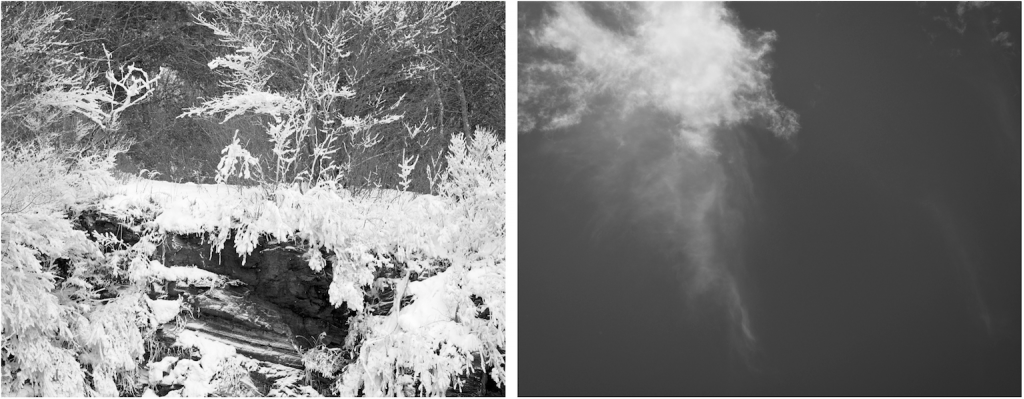
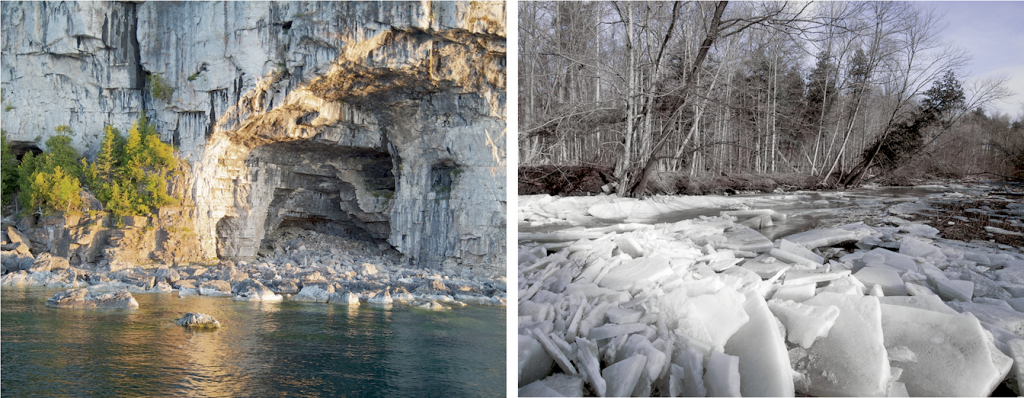
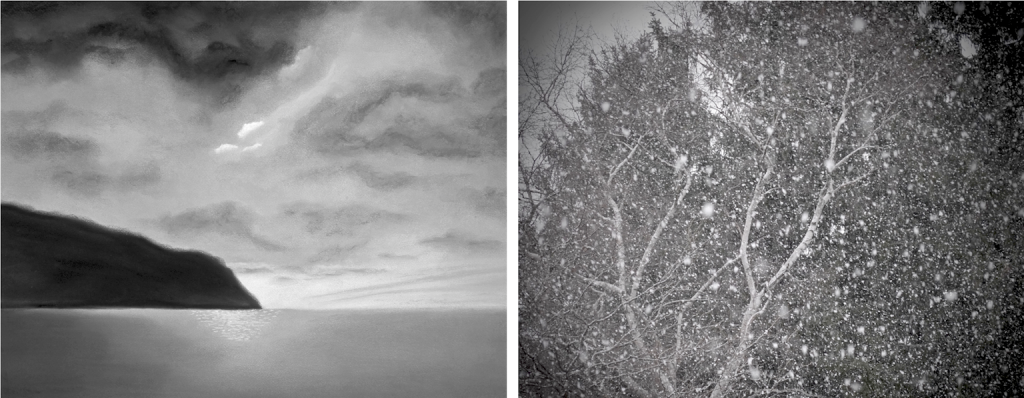
3. You can see into it, across it (its surface) and what it reflects around it…all at the same time. Not so simple to paint or draw…
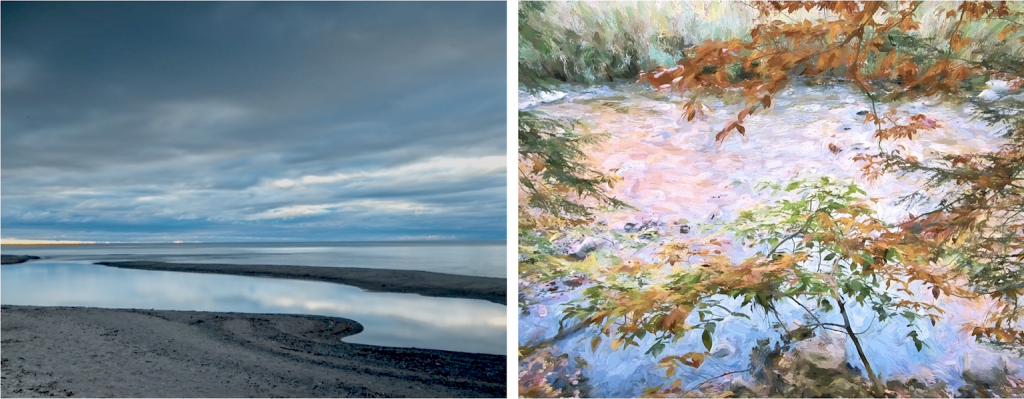
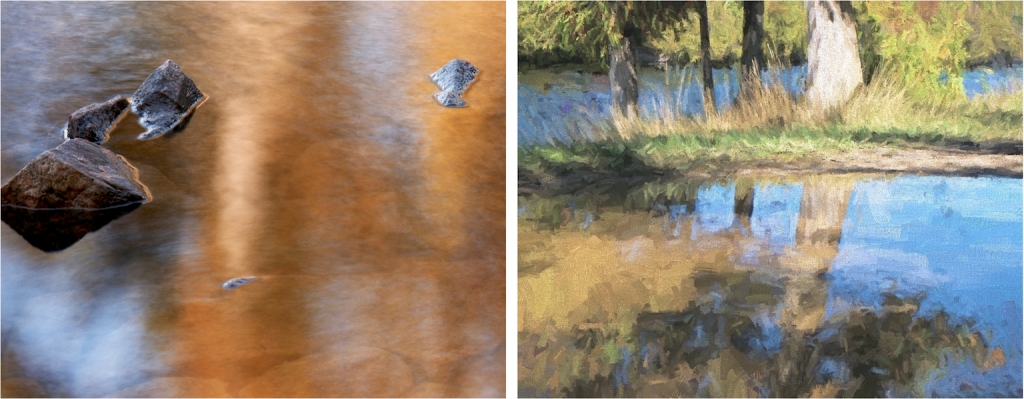
4. It changes shape to find its way around things in its path (rocks, shorelines, cliffs etc.). Like many things, water is sensitive to gravity and it also tries to be “level”, so it finds the easiest way around objects to do so.

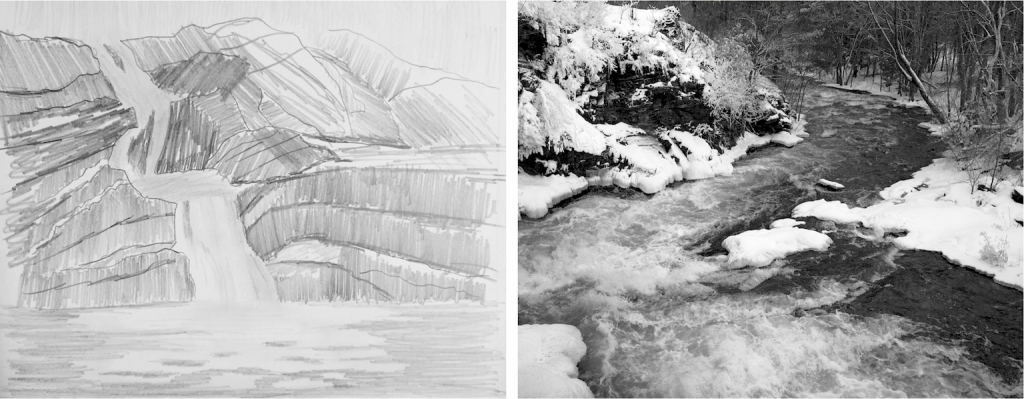
5. It moves and should be represented in ways that complement its movement and behaviour. Water can be destructive/forceful, rushing, calm, deep or shallow, meandering…
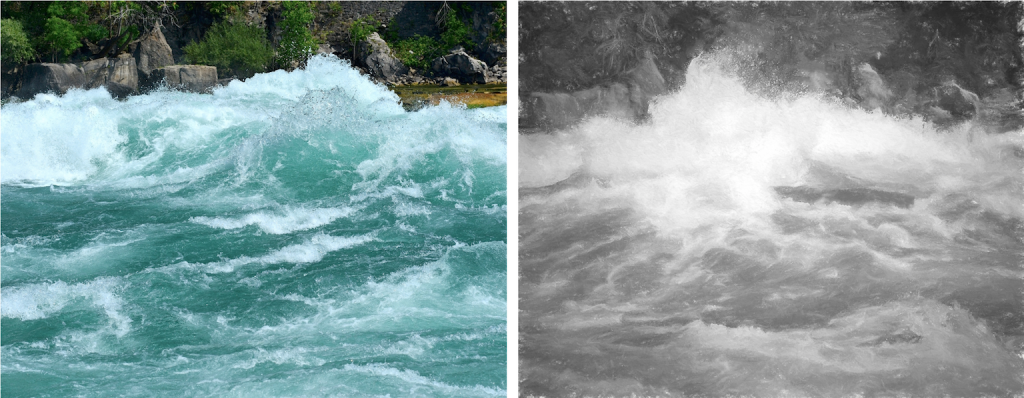
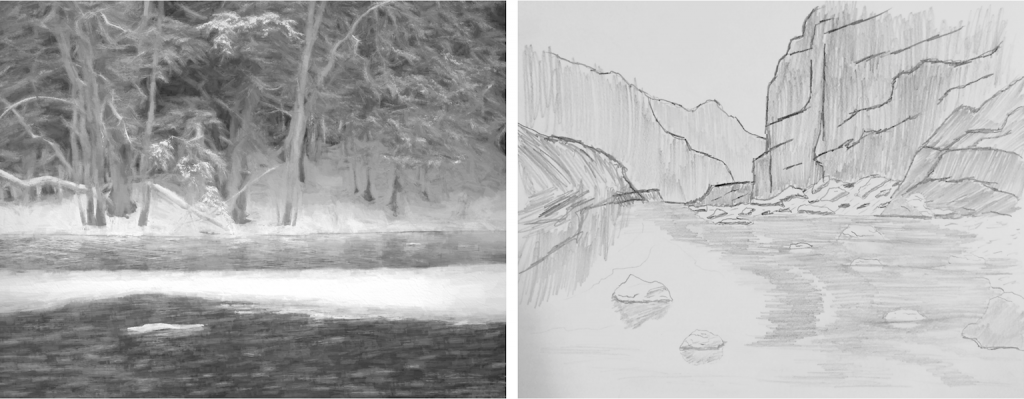
6. Water can convey and define the sense of atmosphere (an important artistic consideration). It exhibits a variety of behaviours (swells, breakers, vortices, foam, crashing against rocks and cliffs, falling over an edge/rocks, frozen water, blurred water…). Is the painting or drawing serene, spacious, energetic, ominous, does it portray a sense of warmth or peacefulness, of cold, solitude, introspection…? The presence of water can play an integral part in setting the mood of a piece. Here are some “moody” water examples:

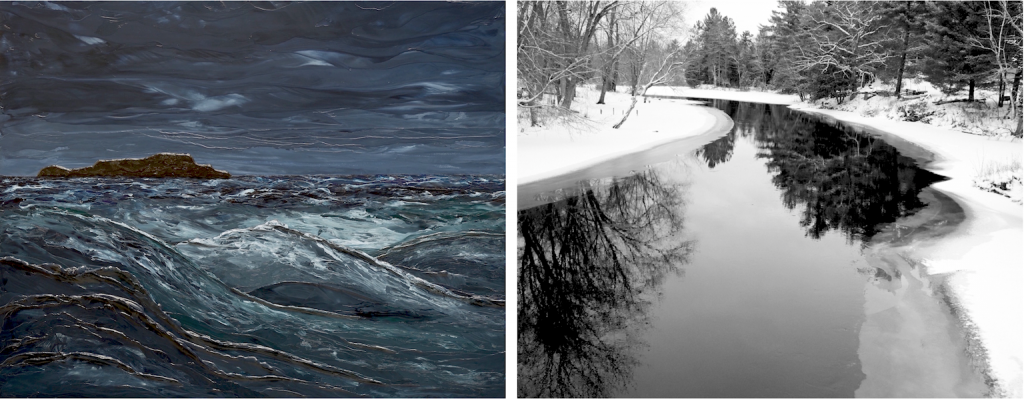
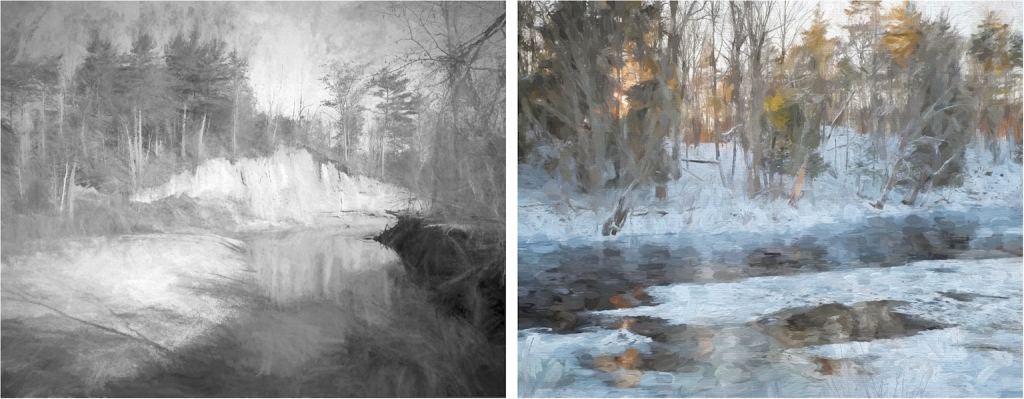
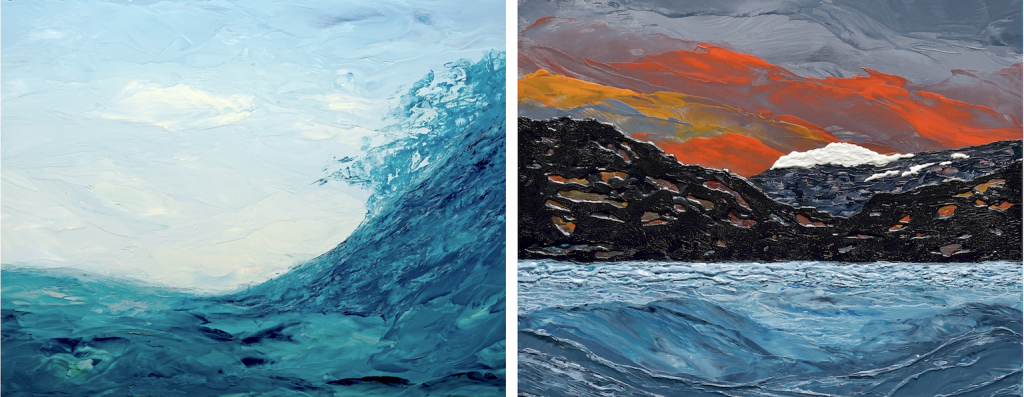
These are the things that make water so intriguing (and not just wet) and are the qualities that many people respond to and appreciate in paintings, drawings, even photographs.
It is these attributes, qualities and considerations that make water subject matter so challenging to render and make it such a satisfying creative experience for artists. That’s why I paint water.
Michael C
If you found this article interesting, subscribe to receive information about my work and creative process, and also get access to my free ebook about becoming more creative.



